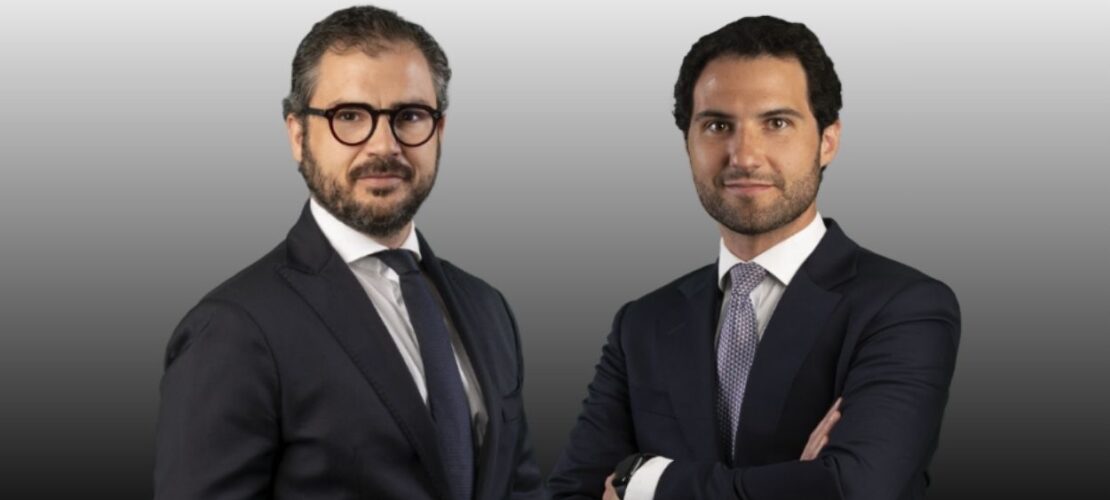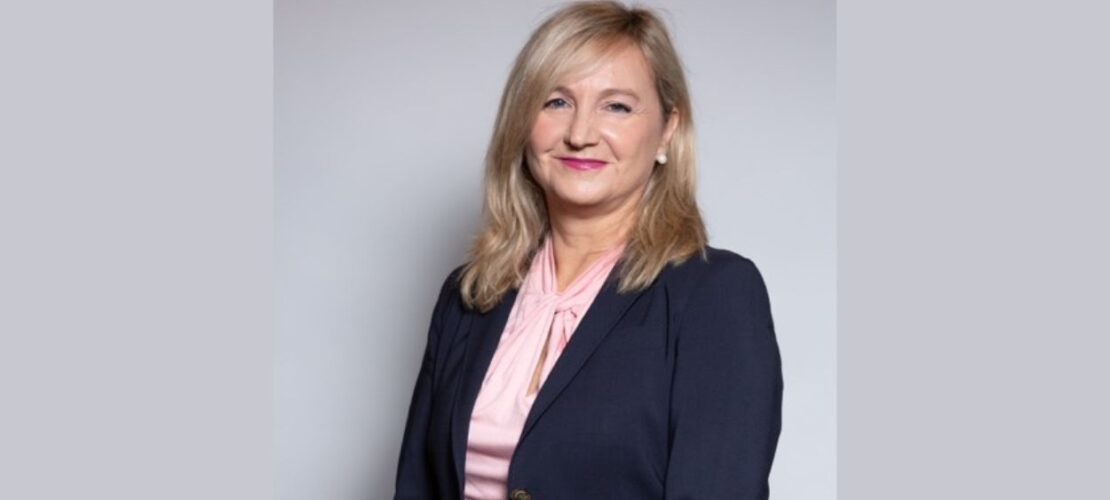Lisbon funicular tragedy: the legal aftermath
From insurance disputes to questions of public responsibility, the disaster exposes the complexity of liability in collective transport accidents
Experts: Rui de Amorim Mesquita, partner at Antas da Cunha Ecija; Carla Azevedo Gomes, partner at SPS-Barrilero; Tiago Melo Alves, founding partner of Melo Alves; Miguel Lorena Brito, partner at Eversheds Sutherland
by glória paiva
It was a busy afternoon like any other in central Lisbon, on 3 September. The Glória Funicular, inaugurated in 1885 and one of the capital’s symbols, was operating normally when, at 18:03, the traction cable connecting the two carriages collapsed. Carriage No. 1 detached, descending uncontrollably until it collided with a building; No. 2 fell around ten metres and remained suspended by the railing. The accident, which caused 16 deaths and 22 injuries, is now under investigation to determine liability.
The incident, described by prime minister Luís Montenegro as “one of the greatest human tragedies in our recent history”, highlights the legal complexity of events of this nature. Coverage and responsibilities involve insurance law; the role of the State and the operator, public law; and criminal lawyers may be called upon to support victims or defendants. Despite the media attention, the case is legally similar to other collective transport accidents, explains Rui de Amorim Mesquita, partner at Antas da Cunha Ecija: “In these scenarios, the first step is a forensic investigation by the Public Prosecutor to determine the causes. Afterwards, it is decided whether or not there will be a formal accusation”.
The criminal process may take months or years, but supporting the victims is the priority, according to Mesquita. “Injured persons and their families need salaries, medical treatments, surgeries, psychological support. Even travel, clothes and damaged mobile phones have to be covered. This is what mandatory insurance is for”, he points out. In cases like this, Fidelidade, the insurer of the state-owned Carris, operator of the funicular, assumes initial responsibility, recalls Carla Azevedo Gomes, partner at SPS-Barrilero. “Civil liability coverages, which safeguard damages to third parties, are usually activated”, she says. Fidelidade has already announced a technical commission to accelerate compensation, which could reach €100,000 per victim.
According to Azevedo Gomes, “this is followed by verification of the contracted sums, namely, whether they will be sufficient to cover the claim, or whether capital apportionment or intervention by the policyholders and responsible entities will be necessary”. Accumulation with other insurances is also possible, such as work accident, travel or life policies, Mesquita notes. The problem is that “very often people do not know what they can claim”.
Another challenge is the potential insufficiency of capital given the number of victims, especially as there are foreigners among them.
…












